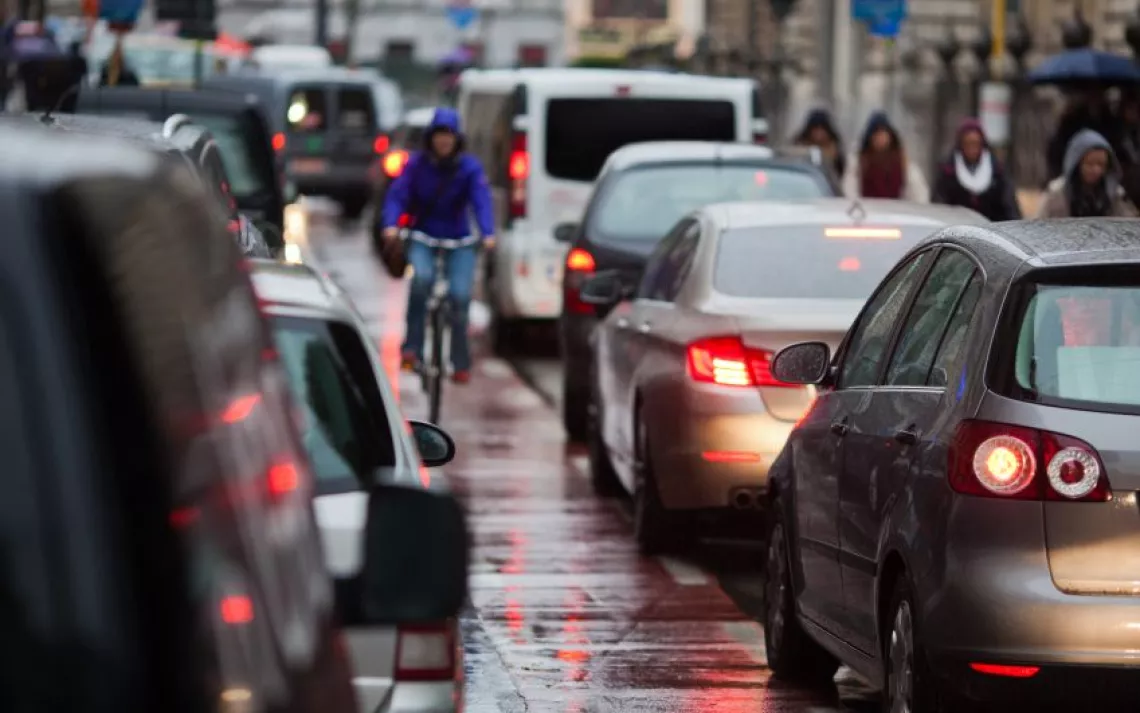Cyclists: The Car That Will Kill You Is the One You Don't See

A major study by the League of American Bicyclists finds that the most likely type of fatal bicycle crash is “motorist overtaking bicycle”--that is, being struck from behind. Such collisions account for 40 percent of cyclist fatalities--far more than the t-bone (10 percent), head-on (8 percent), or right hook (6 percent). The most likely reason is that the driver was texting/Web browsing/eating/talking on the damn phone: 42 percent of drivers involved in fatal collisions with cyclists (in cases where driver behavior was noted) were “reported to be operating their vehicle in a careless or inattentive manner.” And the most likely place? 44 percent of cyclist fatalities occur on major urban arterials.
You won’t find useful information in the National Highway Traffic Safety Administration’s “Fatality Analysis Reporting System.” Distressed by the extremely limited data collected by FARS, the League of American Bicyclists researched as many of the 726 cyclist deaths in 2012 as they could, mostly through reports from newspapers, TV, and blogs; they were able to find information in three quarters of the cases.
What they found says a lot about cycling safely: “In many instances, it may be difficult for bicyclists alone to prevent fatal collisions, safe cycling practices, proper lane control and equipment [read LIGHTS!] can help mitigate risks.” Some of those safe cycling practices are pretty obvious. In fatal crashes where the behavior of the deceased cyclist was noted, 23 percent involved riding the wrong way; 17 percent failing to yield the right of way, and 9 percent riding on the sidewalk. Helmet use, interestingly, seems to be a wash: 57 percent of cyclists who were killed were wearing one (a higher percentage than that reported by FARS).
Not getting killed, however, should not be the sole responsibility of cyclists. Local governments can do a huge amount to make cycling safer--by building separate, protected bike paths, redesigning roadways with non-motorized users in mind, and prosecuting drivers who kill cyclists. But since little data is collected on accidents involving cyclists, there’s very little money available for cycling safety.
From 2009 to 2013, only 0.4% of available [Highway Safety Improvement Program] funds were spent on projects that promoted bicyclist and pedestrian safety--despite the fact that 15% of fatalities during that period were bicyclists and pedestrians.
There just so happens to be an opportunity right now to do something about that, as the next federal transportation bill is being assembled. The League of American Bicyclists’ “Every Bicyclist Counts” campaign is trying to get national performance measures for data collection built into that bill. You can make your voice heard here.
Ride safe.
 The Magazine of The Sierra Club
The Magazine of The Sierra Club







